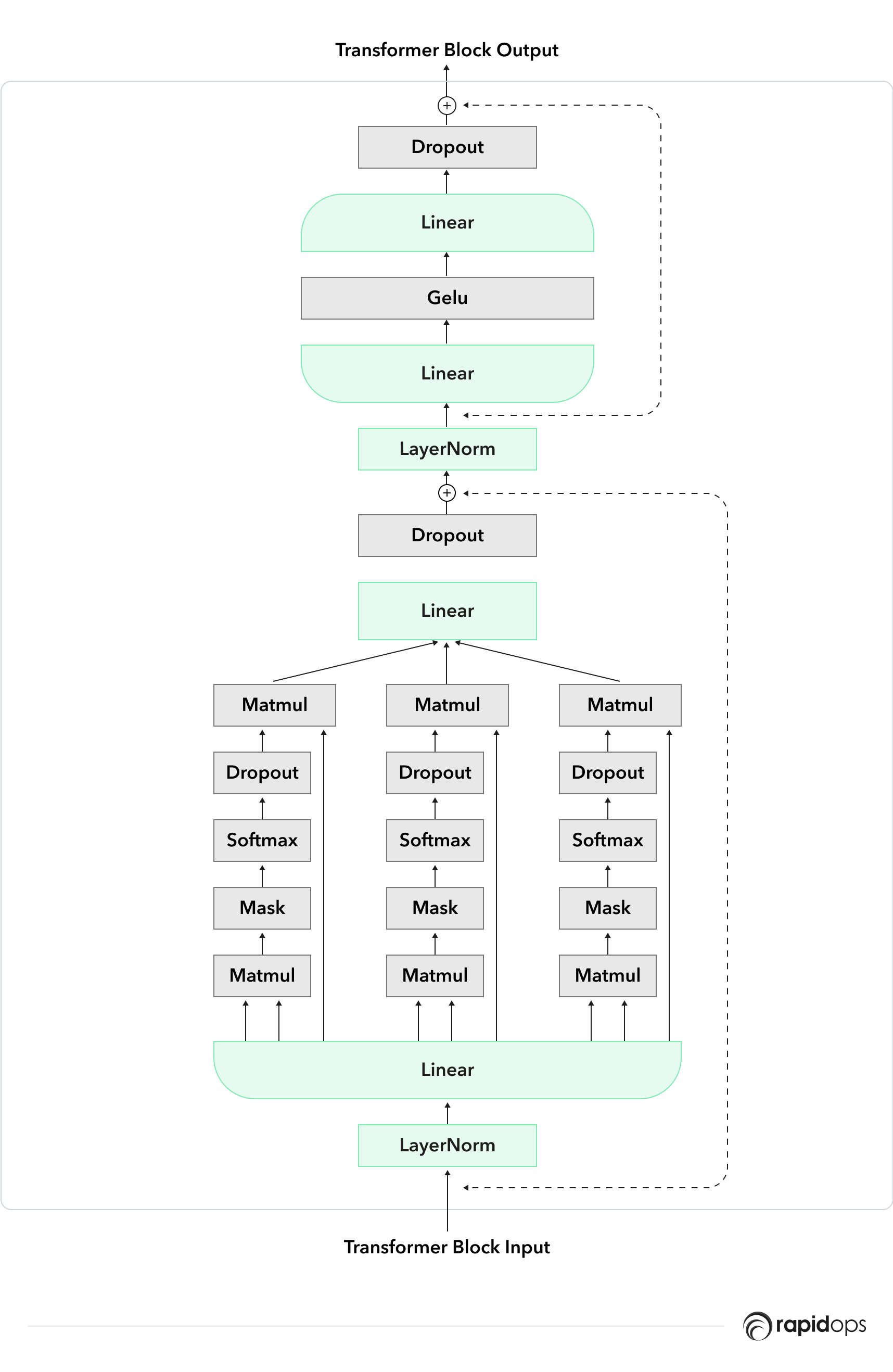GPT-4 - Advancing Deep Learning for Multimodal Understanding and Human-Level Performance
OpenAI has reached a new milestone in scaling up deep learning with the launch of GPT-4, a large multimodal model that accepts both image and text inputs and produces text outputs. While GPT-4 may fall short of human-level performance in real-world scenarios, it exhibits remarkable performance on professional and academic benchmarks. This article explores the technical advancements, capabilities, and potential applications of GPT-4, highlighting its potential to elevate AI capabilities in various domains.
Technical Details
GPT-4 is an artificial neural network inspired by the human brain, comprising over 100 billion neurons and 100 trillion synapses across more than 100 layers. With support for communication in 26 languages and the ability to process up to 25,000 words (approximately 52 pages of text) at a time, GPT-4 represents a significant leap in deep learning capabilities. Furthermore, it possesses code generation capabilities for programming languages such as Python, Java, JavaScript, C++, Ruby, PHP, Swift, and Kotlin.

Capabilities
- Multimodal Understanding The model processes image and text inputs, generating text outputs for a comprehensive understanding of complex data.
- High Performance on Benchmarks It excels in professional and academic benchmarks, demonstrating human-level performance in various scenarios.
- Enhanced Factuality and Steerability The model delivers accurate responses while adhering to guidelines and avoiding exceeding specified boundaries.
- Advanced Neural Network Architecture With over 100 billion neurons and 100 trillion synapses across 100+ layers, it enables complex processing and deep data understanding.
- Multilingual Communication The model can communicate in 26 languages, facilitating global collaboration and cross-cultural communication.
Limitations
While the latest multimodal model exhibits impressive capabilities, there are still areas for improvement that businesses should consider:
- Limited Knowledge Like any pre-trained model, GPT-4's training data is not updated beyond September 2021. Consequently, it may provide inaccurate outputs when dealing with recent events. However, users can supplement the model with missing information to enhance response accuracy.
- AI Hallucinations Despite improved accuracy, GPT-4 is not entirely free from generating falsehoods. It can occasionally produce "hallucinations" or fabricated information, albeit less frequently than its predecessor. Users should verify the model's output, regardless of its apparent truthfulness.
- Implementation Costs For smaller companies, the cost of implementing powerful models like GPT-4, such as ChatGPT Plus, may be prohibitively expensive at their scale of operations. A case in point is Latitude, a game developer who had to manage soaring AI expenses in AI Dungeon. To address costs, Latitude transitioned to a more affordable language software and introduced additional charges for advanced AI features.
Acknowledging these limitations and considering the associated challenges can help businesses make informed decisions when utilizing GPT-4.
Use Case
While the latest multimodal model exhibits impressive capabilities, there are still areas for improvement that businesses should consider:
- Natural Language Conversations It powers chatbots, virtual assistants, and customer support systems with engaging and contextually relevant interactions.
- Language Translation and Localization It enables accurate translation and localization, breaking down language barriers and aiding international collaborations.
- Content Generation and Summarization The model automates content creation, generating blog posts, articles, and product descriptions. It also provides text summarization for easier comprehension.
- Sentiment Analysis and Emotional Understanding It analyzes sentiment in text, supporting social media monitoring, market research, and brand reputation management.
- Personalized Recommendations The model adapts to user preferences and delivers personalized recommendations in various domains.
- Data Analysis and Insights It analyzes large datasets, extracting valuable insights for data-driven decision-making.
- Academic and Professional Support It offers academic explanations, references, and guidance, benefiting students and professionals.
- Chatbot Integration It helps unlock a new realm of possibilities, elevating user experiences through advanced interactivity and bolstering customer support systems with unprecedented empowerment.
Acknowledging these limitations and considering the associated challenges can help businesses make informed decisions when utilizing GPT-4.
Got questions? We’ve got answers!
Will GPT-4 replace programmers?
Can I use GPT-4 for free?
Where can I try GPT-4?



